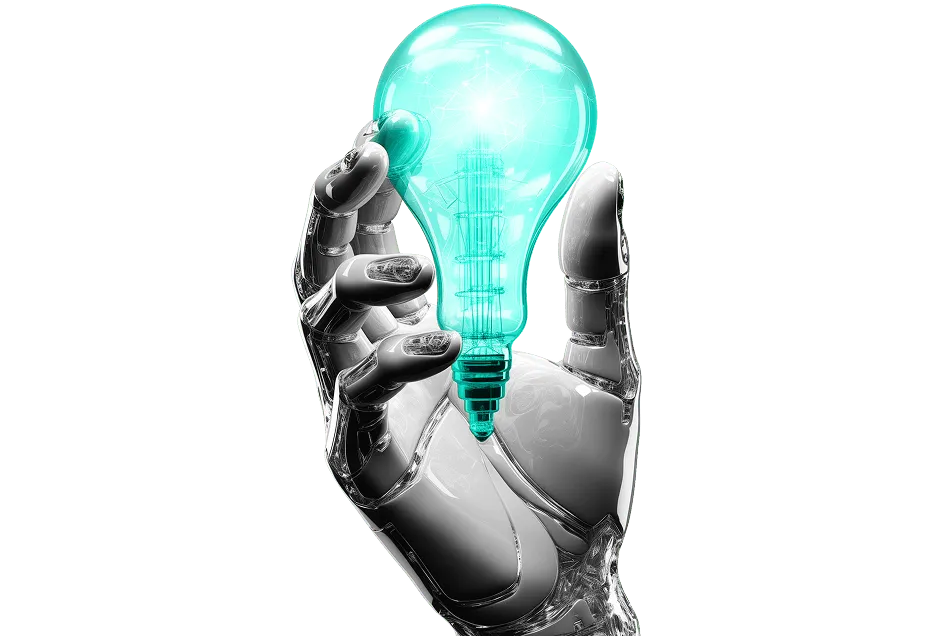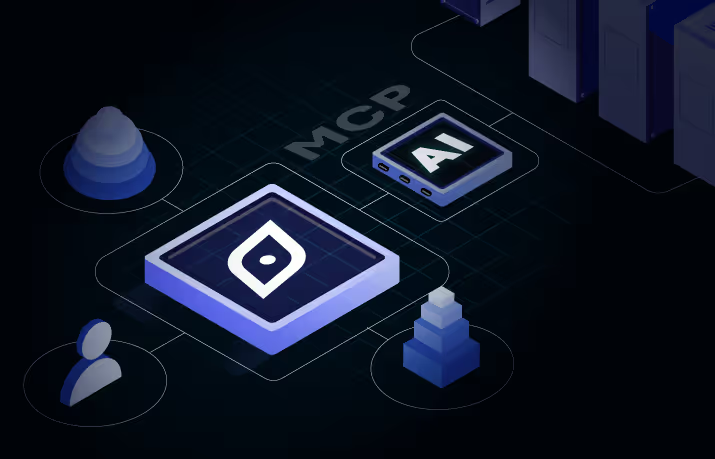How to Align Skill Frameworks with Business Strategy
New technologies emerge every week, and rapidly changing workforce demands make it essential for companies to keep pace with evolving skills. However, HR leaders often struggle to identify and address skill gaps efficiently and cost-effectively. This challenge stems from incomplete workforce data and inefficient resource allocation, which can lead to missed opportunities and ineffective workforce planning.
AI-driven global labor market data helps companies:
- Align workforce skills with organizational goals through a well-defined skill taxonomy
- Conduct a skill gap analysis and create upskilling and reskilling programs
- Enhance workforce agility by continuously monitoring and refining skill frameworks
Use Skill Gap Analysis to Understand Organizational Goals and Build a Skill Taxonomy
The first step in aligning your skill framework with business strategy is understanding the organizational goals and priorities and building a skill taxonomy using skill gap analysis. A well-structured skill taxonomy helps organizations align workforce capabilities with business goals, enabling a data-driven approach to talent management. As skill-based workforce planning gains traction, 78% of HR leaders in 2025 recognize skill taxonomy frameworks as essential for bridging skill gaps and enhancing workforce agility.
AI-driven skill taxonomy systematically organizes and categorizes skills across various domains using advanced machine learning (ML) models. The platform maintains a vast library of skills and tagging expertise across millions of professional profiles and roles. It differentiates core skills, such as AI, Machine Learning, and Data Science, from soft skills like leadership, communication, and adaptability. This structured classification helps analyze talent pools, map career pathways, and identify skill gaps across job functions.
For example, a multinational consulting company uses AI-powered workforce analytics to refine its skill taxonomy for Digital Transformation Consultants. The skill gap analysis highlights:
- Shifting Skill Demands: AI and cloud implementation skills are expected to grow by 35% between 2025 and 2030, yet only 42% of employees currently possess these competencies.
- Market-Specific Needs: North America prioritizes agile project management, while APAC markets focus on digital regulatory compliance.
- Competitive Insights: Leading companies are increasing upskilling investments by 25% in 2025, making workforce development a key differentiator.
- Skill Transition Trends: Traditional IT consultants are increasingly moving into digital transformation roles, requiring structured learning pathways for smooth career shifts.
By continuously refining their skill taxonomy, HR leaders can identify skill overlaps, address talent shortages, and develop strategic hiring plans. This data-driven skill gap analysis approach strengthens workforce planning, improves hiring efficiency, and ensures long-term success.
Conduct a Skill Gap Analysis and Create Upskilling and Reskilling Programs
To stay competitive, the next step for HR leaders is to analyze skill gaps and design upskilling and reskilling programs that align with industry shifts. In 2025, 72% of workforce transitions will be driven by skill gaps, making proactive talent development essential. Addressing these gaps strengthens workforce capabilities, reduces reliance on external hiring, and prepares organizations for technological change.
AI-powered platform streamlines skill gap analysis by assessing workforce proficiency at high, medium, and low levels. This reinforces workforce planning and enables HR teams to create targeted learning pathways, balancing technical and soft skills. Understanding regional skill trends also helps companies allocate resources effectively.
For example, a UK-based FinTech company uses AI-powered talent analytics to assess Data Engineers’ skill gaps and find:
- Urgent Upskilling Needs: Only 52% of engineers have advanced expertise in cloud computing and data pipeline tools like AWS and Apache Kafka. A focused training program can bridge this gap.
- Reskilling Priorities: AI-driven fraud detection is becoming standard, but only 38% of employees have hands-on experience. Partnering with an EdTech provider can introduce AI-based risk management training.
- Shifting Skill Demand: Traditional SQL-based reporting tools are becoming obsolete. Instead of maintaining outdated training, HR can pivot to cloud-based analytics and AI-driven business intelligence.
- Regional Talent Insights: London remains competitive, but FinTech hubs like Dublin and Amsterdam have a strong pipeline of blockchain and AI talent. Localized training can help upskill existing employees.
By leveraging these analytics insights to address skill gaps, HR leaders can implement high-impact learning strategies, improve internal mobility, and build a future-ready workforce. This data-driven skill gap analysis approach enhances employee retention, engagement, and long-term resilience in a rapidly evolving digital economy.
Enhance Workforce Agility by Continuously Monitoring and Refining Skill Frameworks
In a rapidly changing job market, workforce agility is key to staying competitive. In 2025, 79% of enterprises will use AI-powered skills intelligence platforms to track, assess, and refine workforce competencies. These platforms improve job-role alignment, build diverse talent pipelines, and help organizations quickly adapt to market shifts.
AI-driven skill tracking enables structured evaluations and feedback, allowing HR leaders to identify skill gaps, upskill employees for future needs, and bring in specialists for specific projects. A strong competency framework highlights in-demand skills, improving hiring and workforce planning. Seamless AI integration with HR systems using the insights from skill gap analysis also enhances data accessibility and efficiency.
For example, a US-based AI technology company uses a skills intelligence platform to assess Machine Learning Engineers’ adaptability in the organization. Insights include:
- Emerging Skill Gaps: Demand for expertise in large language models (LLMs) and generative AI is rising by 22% annually, yet only 46% of employees have advanced knowledge. Targeted upskilling can close this gap.
- Global Talent Trends: Silicon Valley remains highly competitive, while Toronto and Berlin are emerging as strong talent hubs.
- Compensation Insights: ML Engineer salaries in San Francisco are 35% higher than in Europe, making nearshore hiring in Germany and the Netherlands more cost-effective.
- Competitive Landscape: Top AI companies are aggressively hiring deep learning specialists, increasing competition. To retain talent, the company prioritizes internal career mobility and personalized learning programs.
With real-time insights, HR leaders can refine skill frameworks, improve workforce adaptability, and optimize long-term hiring strategies. This continuous monitoring skill gap analysis approach ensures organizations stay resilient and future-ready.










.svg)
















.svg)





.svg)





.svg)
